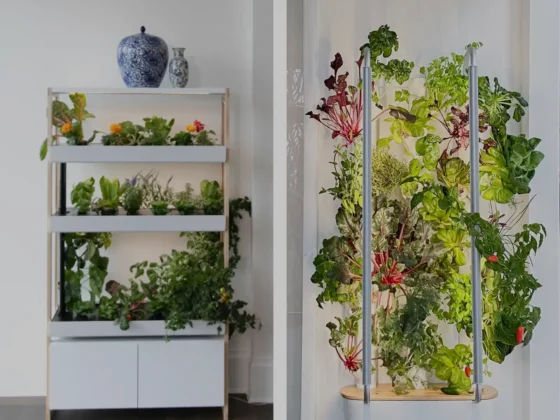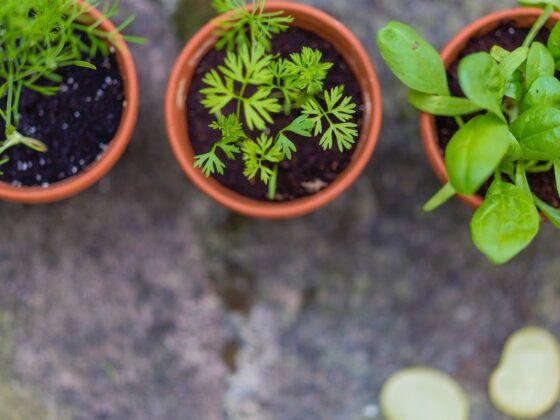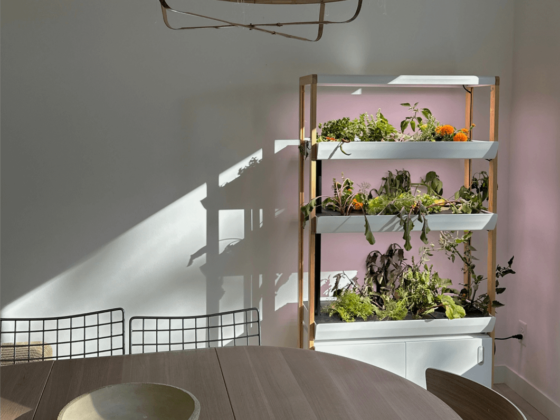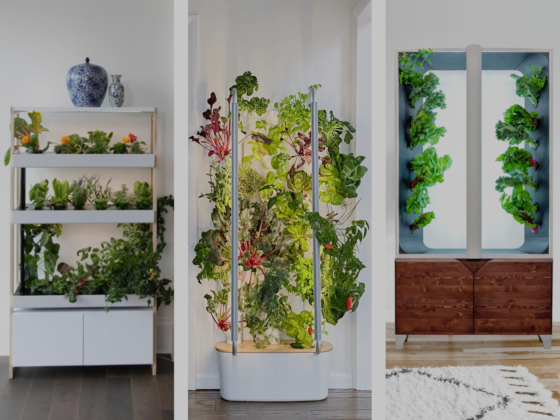Flowers and plants are the gateway to oxygen and food, but they can’t do it alone. Pollinators, such as bees, butterflies, and hummingbirds, are crucial in prolonging the growth of plants and maintaining the life cycle. Through a sustainable habitat, an abundance of nectar and pollen via specific plants, and strategic positioning, you can create a garden fit for pollinators. But… why actually should you? Let’s get into it.
Why Attract Pollinators?
- Improves Garden Yields
The number one goal of gardening is to produce bountiful plants and flowers. Pollination is what gets this done. Plants are stationary beings, so they rely on moving mates, such as insects, to reproduce via pollination. In fact, 35% of the world’s food crops need help in the pollination process.
It’s a win-win situation for humans, animals, and plants. Through pollination, we increase our chances of a bumper crop while also helping the survival of insects. Of the plants that provide humans with food and plant-based industrial products, 80% require pollination by animals. By creating a garden environment rich with pollinators, you can achieve larger, more flavorful fruits and higher crop yields.
- Promote Biodiversity
Biodiversity is the idea of supporting a variety of life. A garden full of biodiversity means it has a multitude of organisms — both plants and animals — and it supports interactions among those species. By planting species that encourage pollinators, you’re promoting biological diversity via interactions that help sustain life.
Without biodiversity, humans won’t obtain oxygen and food from plants, which is directly impacted by the life cycles between plants and animals, such as pollinators.
- Support Conservation Efforts
Pollinators are dropping in numbers, mainly our buzzy fan favorites. Bees are the no.1 pollinators, however, they are sadly declining in population. This is largely attributed to modernized agriculture, urbanization, and the loss of natural habitat. Bees are to thank for producing the plants that make up a lot of the food humans consume. In turn, this feeds the insects that fuel the food chain. The survival of bees is a mutually beneficial relationship for both wildlife and humans.
To help support the lives of bees, you can create gardens with flowers and plants that sustain the life of pollinators. This will lead to better harvests and enhance vulnerable species.
So.. How do I attract pollinators?
Pollination doesn’t happen for any flower. Gardens that create a pollinator-friendly ecosystem don’t necessarily include flowers we typically gravitate towards. Supporting pollinators includes being conscious about our gardening decisions, placement, and actions.
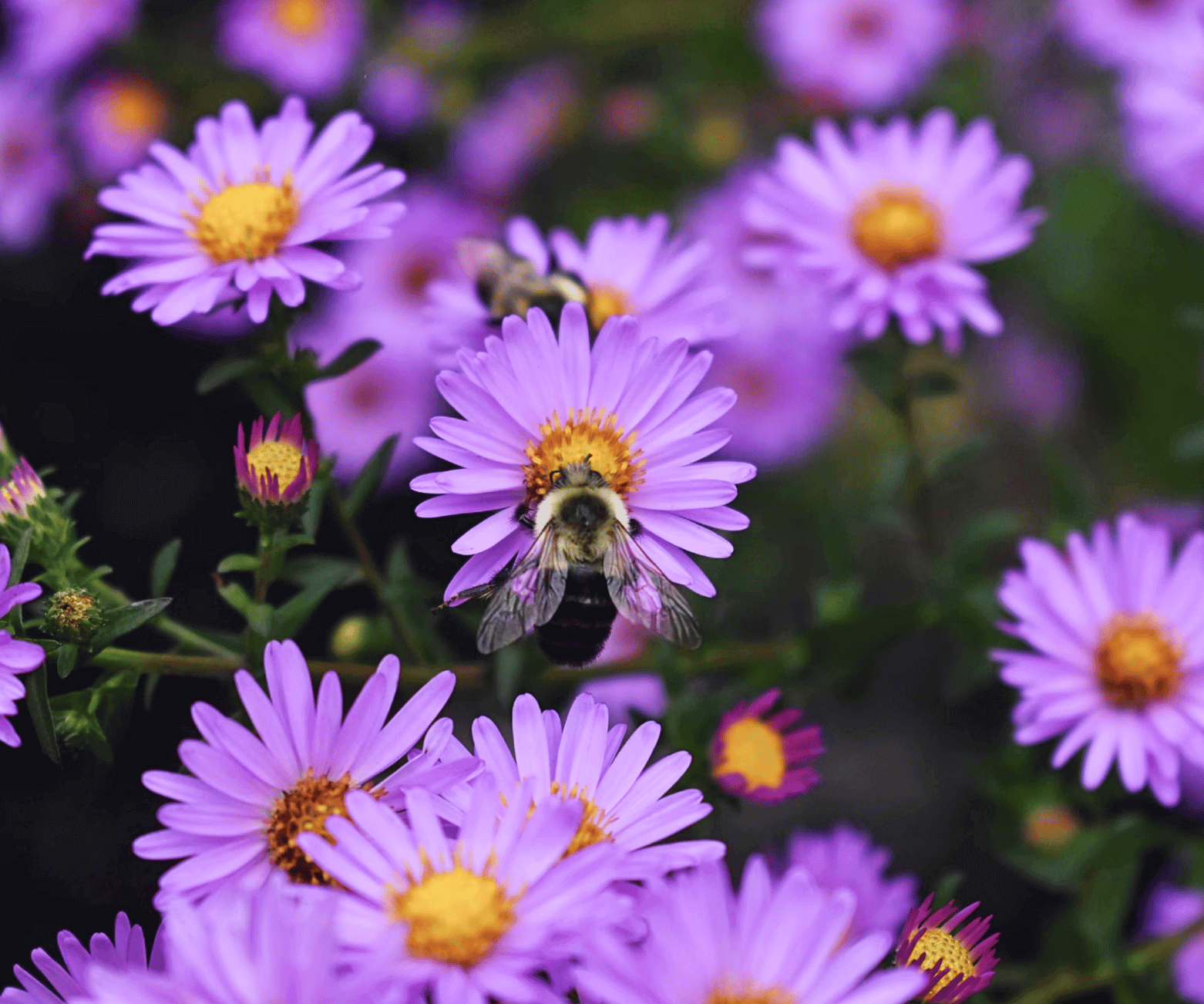
Choose plants that support pollination
Let’s play Myth Buster. Big plants equal bigger pollination — Myth! When you think of gardens, your mind may take you to a visual of thick and abundant gardens of blooms and colors. Though they are beautiful, they aren’t necessarily suited for pollinators.
Bigger flowers make it harder for insects to reach the nectar. More restrained flowers, in terms of physical appearance, are easier for insects to pollinate. Flowers that are more open, revealing the nectar in the center, will foster peak pollination.
Self-seeding flowers have an earlier onset of flowering, giving access to insects for pollination. These flowers provide a source of nectar without the worry of having to replant for the following year. They drop a seed in your garden and will germinate by themselves in the upcoming year. Self-seeding flowers that are great for pollination include:
- Nasturtium
- California Poppies
- Alyssum
- Marigolds
You want a garden that blooms all year round so that pollinators never run out of nectar. The best way to do this is to have flowers that bloom from spring to fall, that you grow successionally.
Spring flowering bulbs can be rosemary and primrose. Plants for early in the year, ideal for bees coming out of hibernation, include willows and blossoms of fruit trees, such as apples and cherries. Summer blooms can include sunflowers, clover, and poached egg plants. Cover the end of the year with plants, such as common ivy and aster.
Choosing native plants is ideal because they are well-adapted to the local environment. Native plants and their natural surroundings mutually benefit each other, serving as crucial sources of food and shelter for pollinators due to their co-evolutionary history
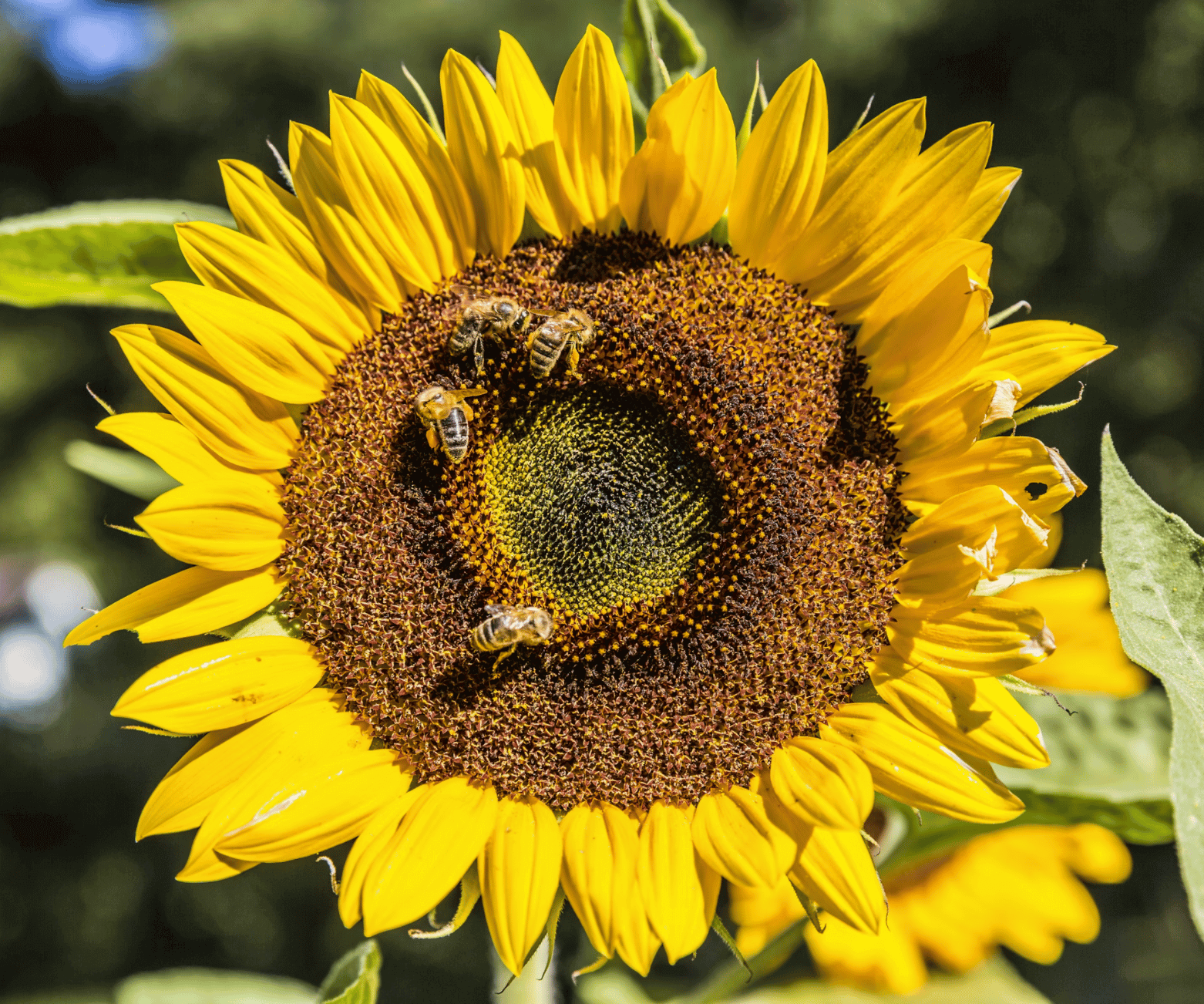
Choose flowers based on the type of pollinator you want.
Color is not always bad. Varying colors and shapes can attract different types of pollinators that can make your garden a sanctuary and dreamy setting.
Honeybees
Honeybees are gravitated towards purple, blue, and yellow colored plants. This can include sunflowers, buckwheat, and alfalfa. Honeybees require a lot of water so make them their little oasis with a drinking pool made out of stones in a shallow dish.
Butterflies
They might not be as fast and efficient as bees, but butterflies take the cake as the prettiest pollinators. Luckily, butterflies are attracted to any bright flower from which they can gather nectar. Daisies, marigolds, and zinnias are among the top species to gain the attention of butterflies.
Beneficial flies
Flies might be annoying, but they can actually help eliminate unwanted pests. Hoverflies in particular have larvae that are harmful to aphids and other pests. Flies are attracted to plants that provide a food source and shelter, such as: peppers, strawberries, grapes, and peaches. Hoverflies love Alyssum specifically for its sweet scent.
Create an environment that fuels growth and pollination.
As mentioned, native plants are key sources of nectar for pollinators. You might not want to admit it, but weeds are the most easily accessible native plant. Though you might be inclined to use pesticides or weed killers, these deplete the populations of pollinators. A natural, healthier alternative is mulching and hoeing.
As much as pollinators need nectar, they need water just as much. Make sure to never deprive your plants and flowers of water as this is directly affecting the pollination process. You also need to provide them with an environment that creates a healthy habitat.
Shelters, such as bare ground, leaf litter, or some dead wood are great for nesting material. This is especially beneficial for bees, which typically nest in the ground. With the presence of native plants, water, and nesting grounds, you are set for a pollinator-safe space.
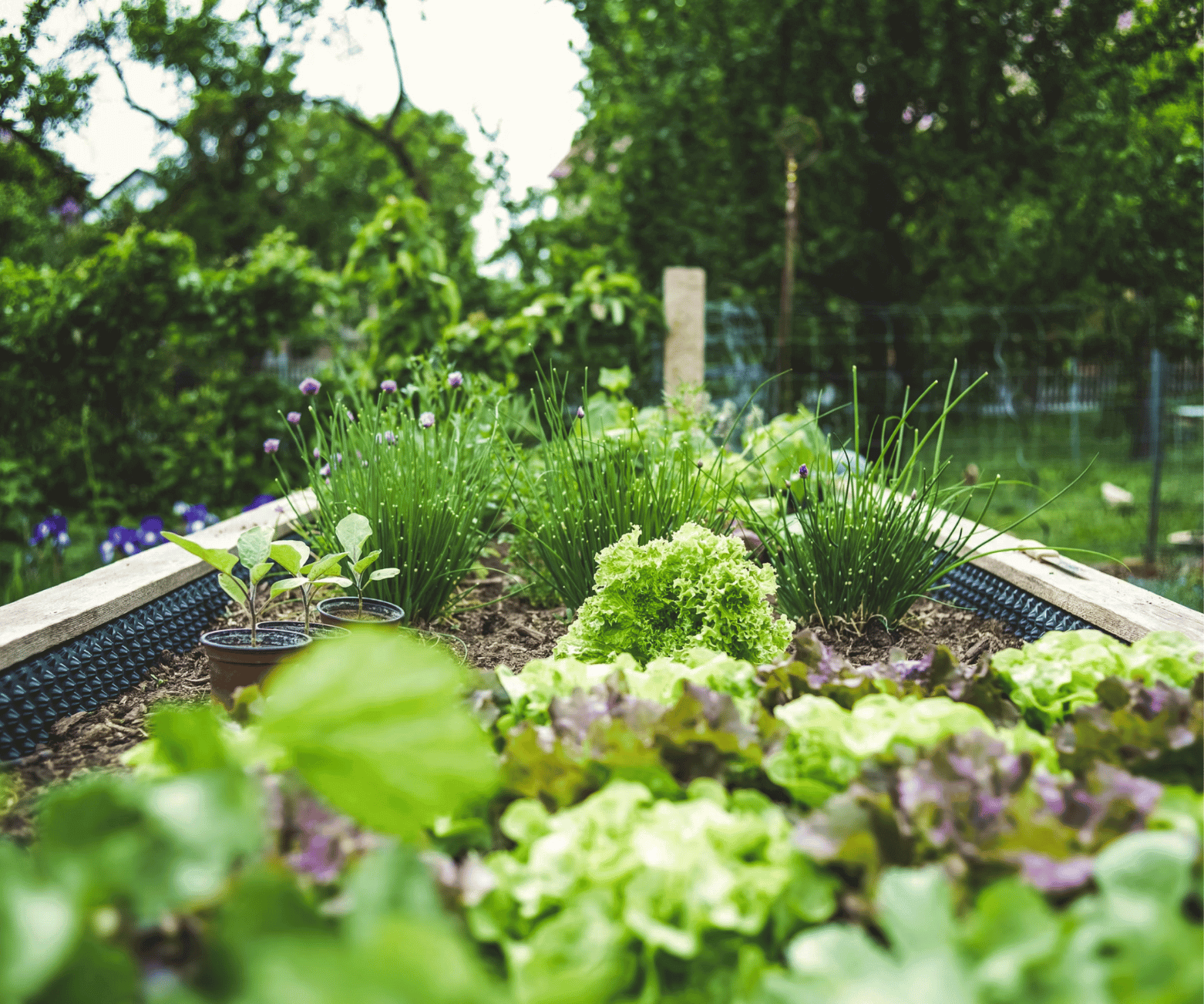
Use strategic plant positioning.
Pollinators fly from plant to plant, so you want the position of your garden to replicate that. Growing multiple of the same plant will have more payoff, preferably in clusters, so that pollinators can pollinate and then move on to the next. And it’s aesthetically pleasing!
You also have to think about the location of the plants. Flowers meant to attract bees should be placed in sunny spots that are sheltered. This will maximize their impact.
Flowers aren’t just all the buzz. Vegetables are great for hard-working pollinators. You can maximize garden yields and pollination by placing flowers alongside fruits and vegetables. This will elicit biodiversity and attract bees and other high-pollinating insects.
From increasing your garden input to taking part in conservation efforts, attracting pollinators is a great way to take your garden to the next level.


